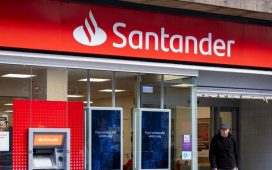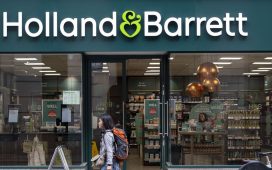A home insurer has issued a warning about the risks of a budgeting trend known as “cash stuffing” after seeing a surge in the number of theft claims.
Popular on social media, cash stuffing – also known as the cash envelope system – is a budgeting technique that supposedly helps cash-strapped households keep track of their spending and saving without having to resort to complicated spreadsheets.
It involves withdrawing cash from a bank account and dividing it into labelled envelopes for different categories such as groceries, bills, a rainy day and Christmas shopping. This restricts the individual’s spending to the cash they have budgeted for in each envelope.
The budgeting hack has taken off on TikTok, where related hashtags including #cashstuffing have racked up billions of views – but Admiral’s home insurance arm said it had seen multiple claims where large amounts of cash kept in envelopes had been stolen during a break-in.
The company said cash theft claims had risen by 77% in the past year, and that the average cash theft claim amount was £333.
One Admiral customer who was using the cash stuffing hack as a way to manage their money made a claim that included two stolen envelopes containing £1,700.
While allocating different spending pots can be an effective way of budgeting and staying on top of spending, especially before the costly Christmas period, “having large amounts of cash in the house has its risks”, said the insurer.
It added that it was vitally important that anyone who decided to do this should check the amount of cash covered by their home insurance policy “should the worst happen and the money is lost or stolen”.
Some insurance policies do not cover theft of cash from a domestic property unless force or violence was used to enter or leave.
Other downsides are that an individual will not earn any interest on their money if it is not kept in a bank account, and that using cash to pay for items offers less consumer protection than a credit or debit card.
As an alternative to cash stuffing, many banking services and apps offer “savings pot” features that can help with budgeting in a similar way.










